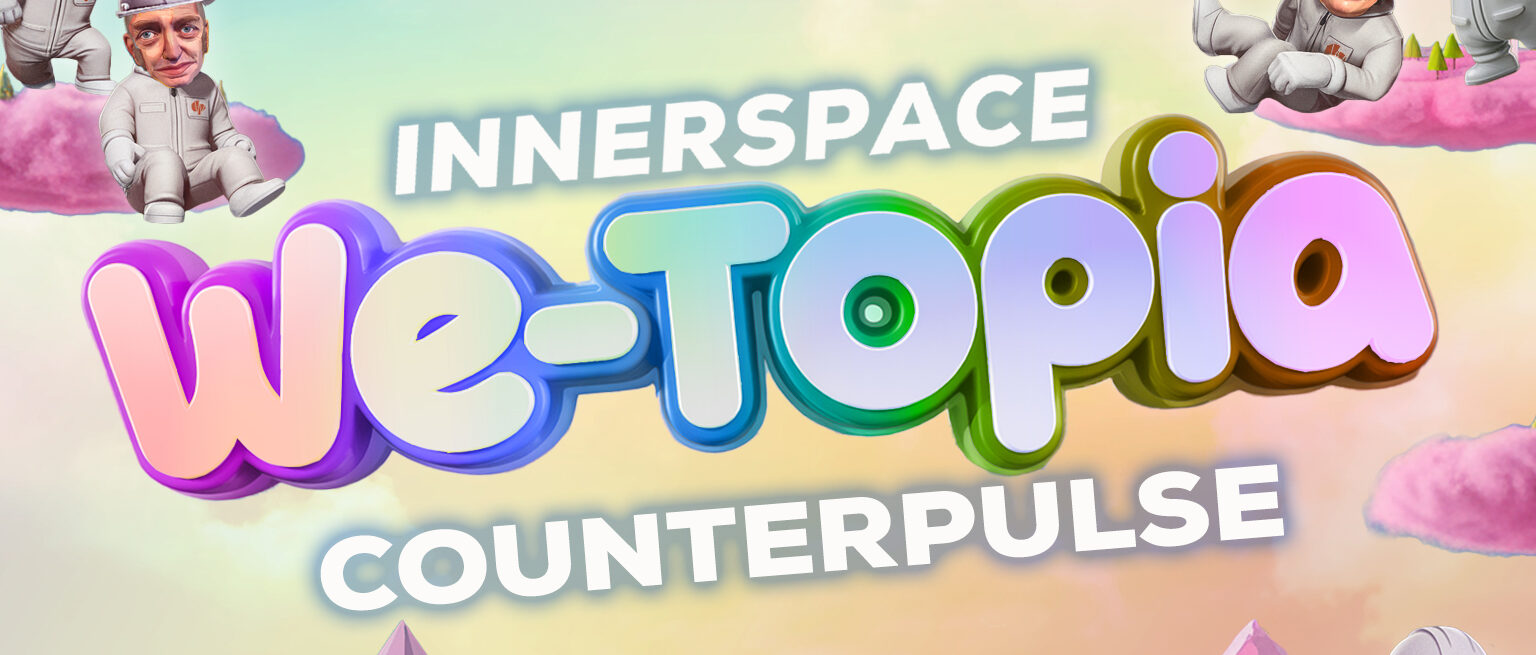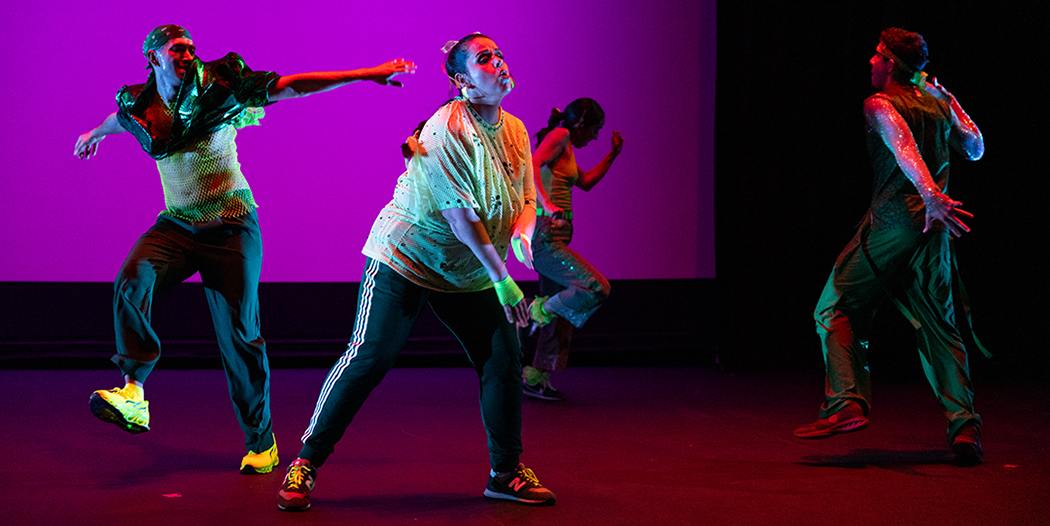Submit to be part of a published anthology of contemporary photographers. If chosen
You
Receive
One
Free
Paperback
Copy!!!
Recently I’ve subscribed to email lists that send out regular artist open calls: opportunities to apply to shows, publication, residencies and more. The biggest trend among all of the sexy prospects, is that they don’t actually cover the cost of making the art, let alone provide additional income. These artist opportunities come at a cost for those who aren’t materially rich to begin with. Space and time to create should not be accessible only to those with flexible lifestyles who don’t need an income.
Your own studio to make art in New York City, Austin, or how about rural Vermont, for 3 months, 6 months, a year, for free! AND there’s a stipend of $500. What a generous opportunity this must be. All you have to do is quit your job, cancel your lease, travel across the country, find temporary housing and a job that will hire you for 6 months that can cover costly art supplies on top of basic necessities, and you are set.
I’ve even seen opportunities open to national applicants for residencies in rural studios far from town without access to transportation and stipends of less than $500. Opportunities that require you to produce hours of public programming over the course of 6+ months for $1000. You’re looking at a pay of $4-1.5 an hour or less depending on the expense of materials and time spent in the studio.*
Jose Figueroa is a Bay Area artist currently in residence at Fire Island in New York. In order for him to accept, Jose has to sublet his room and use up his savings. As a more established artist, he is “slowly starting to get extra income through the work produced at the residency to at least cover for production and residency costs,” none of which are covered by the residency itself. Residency costs build up even before travel begins: Application fees, professional photographer fees, artist websites, and production costs are all out of pocket expenses to consider when applying. Jose will “apply only to residencies that at least cover housing, food and academic program and never the ones you have to pay for,” which are the exception to traditional residency opportunities. Losing housing stability and all your savings in order to have a “free art studio” and access career advancement are common risks for working class and emerging artists.
As artists we need employment, opportunities to create, and for our work to be funded. As Jose explains, “residencies are an opportunity to delve into my artistic practice in ways that your everyday life don’t allow you. They are also an immersive experience that bring you together with other practitioners. They enable lifelong networks and growth.” Residencies, publications, exhibitions all advance an artist’s career, the question is, who can even accept opportunities that pay less than 1% of their living expenses, and at what cost?
When making art is in direct competition with affording basic necessities—which it often is for artists who are not supported by luxe inheritances or questionable market driven collectors—these opportunities often serve only to deepen the inequity of those who can and can’t create.
As artists, we need opportunities that can actually sustain us, that pay us fairly for our time instead of putting us in precarious financial situations. When the choice is work for free or don’t work at all, do we still have a choice? When scrolling through the list of open calls, I wonder, is this opportunity or exploitation?
It is up to art organizations to proactively evaluate the accessibility of their open calls and create equitable opportunities for artists that don’t exclude people without the savings to cover the costs of the residency. At a time when the majority of American families have less than $500 in savings it is imperative that we create models that sustain artists who have very little wealth to begin with.
*With eight hours of public programming a month and an estimate of a minimum of eight hours to prepare said programming for eight months, that’s 128 hours of labor. Since there’s no stipend for materials, add on a material cost of $50-100 a month, pay is equivalent to $4-1.5/hr
Zerena Diaz is the Operations Manager at CounterPulse.
Featured Photo of Upstanding Others by Alex Girard
Share This!
More Good Stuff
Thursday March 6th • 5PM - 10PM Step into a world where imagination shapes reality at CounterPulse’s annual gala! This year, INNERSPACE: We-Topia is
Primera Generación Dance Collective is ready to be back in San Francisco! We are so excited to perform and be in community with our
Embodying Utopia is a project created to give queer people the space to imagine what an ideal world would look like for them.




